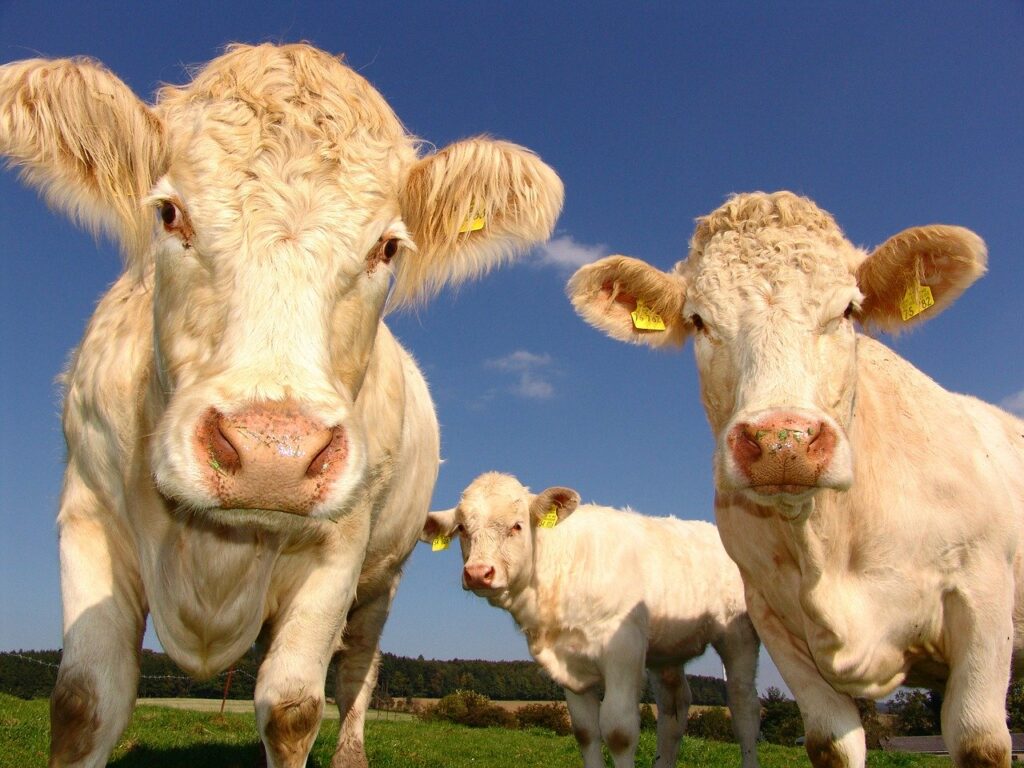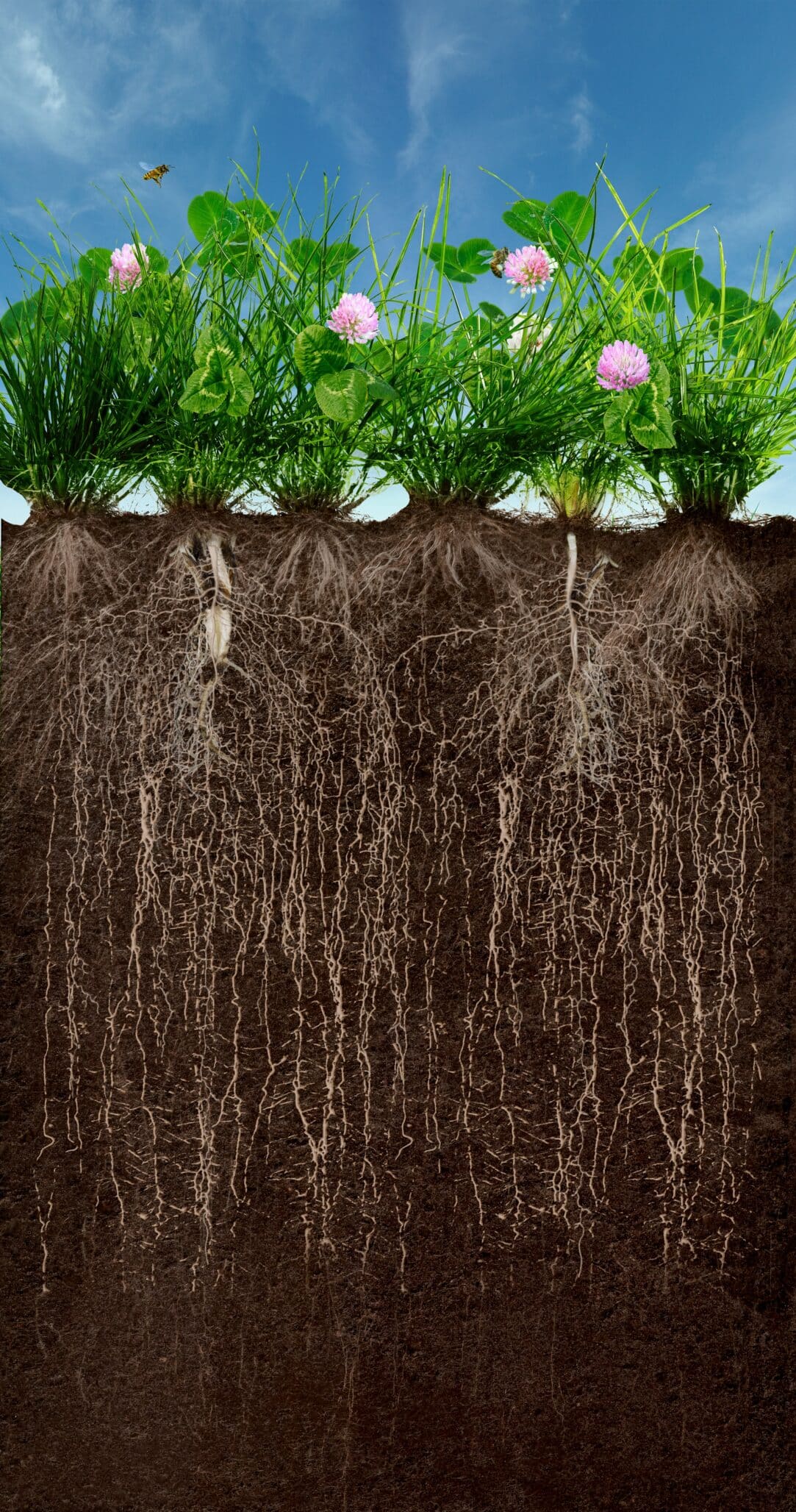Developing efficient animal production has traditionally been the primary focus of grasslands in agriculture, and we are seeing an increased recognition of the environmental benefits of grassland systems as they fit well into the green agenda.
SUSTAINABLE AGRICULTURE
Climate change due to greenhouse gas emissions from agriculture can be reduced by promoting agricultural productivity, carbon sequestration, nitrogen fixation and local protein production. Forage livestock systems based on high-quality grass and mixtures of grass, clover and/or alfalfa incorporate three important features to maintain a sustainable agricultural production:
- Increasing productivity of land and livestock
- Limiting use of inputs like pesticides and fertilizers
- Minimizing tillage and soil erosion
To offset the environmental impact of milk and meat production, farmers on a global level need to continuously be developing practices to limit methane emissions from cows, as methane is a greenhouse gas contributing to climate change.
The task of agribusiness is to reduce the environmental and climatic impact of milk and meat production, and this begins by making the right decisions with regard to forage. It requires that the dairy and meat industry take advantage of locally produced forage which can increase productivity of livestock and bolster resource-efficient land use.
MORE MILK/MEAT WITH LESS CLIMATE IMPACT
A healthy, disease-tolerant grass mixture optimizes the forage yield per hectare. By choosing seed mixtures with high digestibility, milk production increases by 0.25 litres per cow per day for each percentage point of higher fibre digestibility in the forage grass.
At the animal level, the emission intensity is influenced by digestibility, quality and composition of the feed ratio which influences the level of methane and manure emissions. Making the right decisions can result in lower releases of nitrogen and volatile solids per unit of produced milk or meat. Improved genetics and animal health contribute to better conversion of feed into animal products further reducing emission intensity at the animal level. As a result, the same amount of milk or meat can be produced with fewer cows.
CARBON SEQUESTRATION AND GREEN PROTEINS
Perennial forage mixtures reduce soil disturbance compared to annual crops like cereals or maize. The result is carbon sequestration in the soil, improved soil fertility and less need for pesticides. Grass and legumes provide home-grown protein limiting both the need for imported protein and emissions from transport. Legumes are self-sufficient with nitrogen, thus reducing emissions from production of fertilizer. Locally produced protein offsets some of the very heavy carbon emission processes.
The potential for locally produced protein could reach a whole new level when full-scale bio-refining plants become profitable, and grass proteins are digestible for monogastric livestock like pigs and poultry.
Both capital and research capacity — public and private — are invested to develop and integrate technologies. It is of essence that companies and research institutions form partnerships to develop and provide both economically and environmentally sustainable green solutions.








